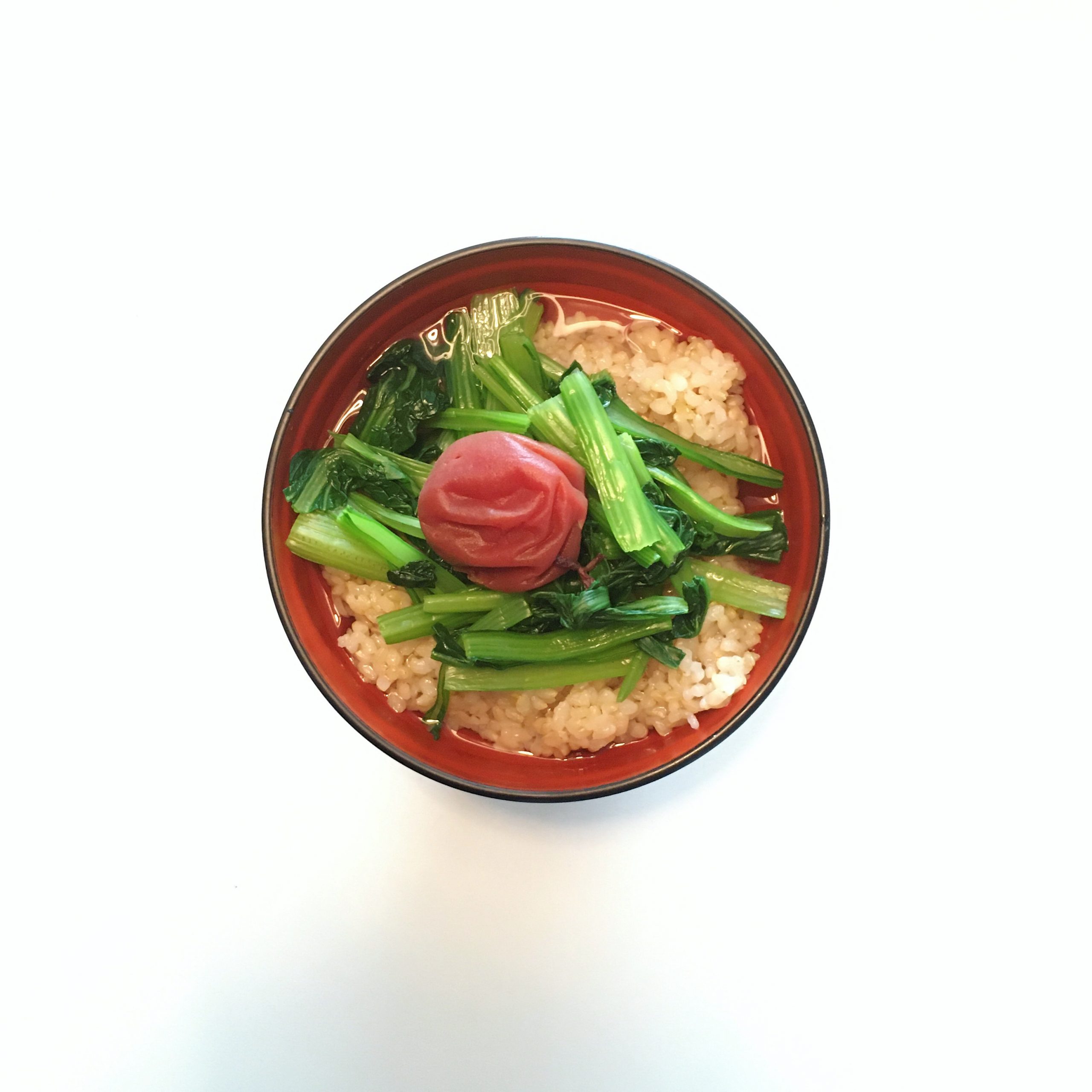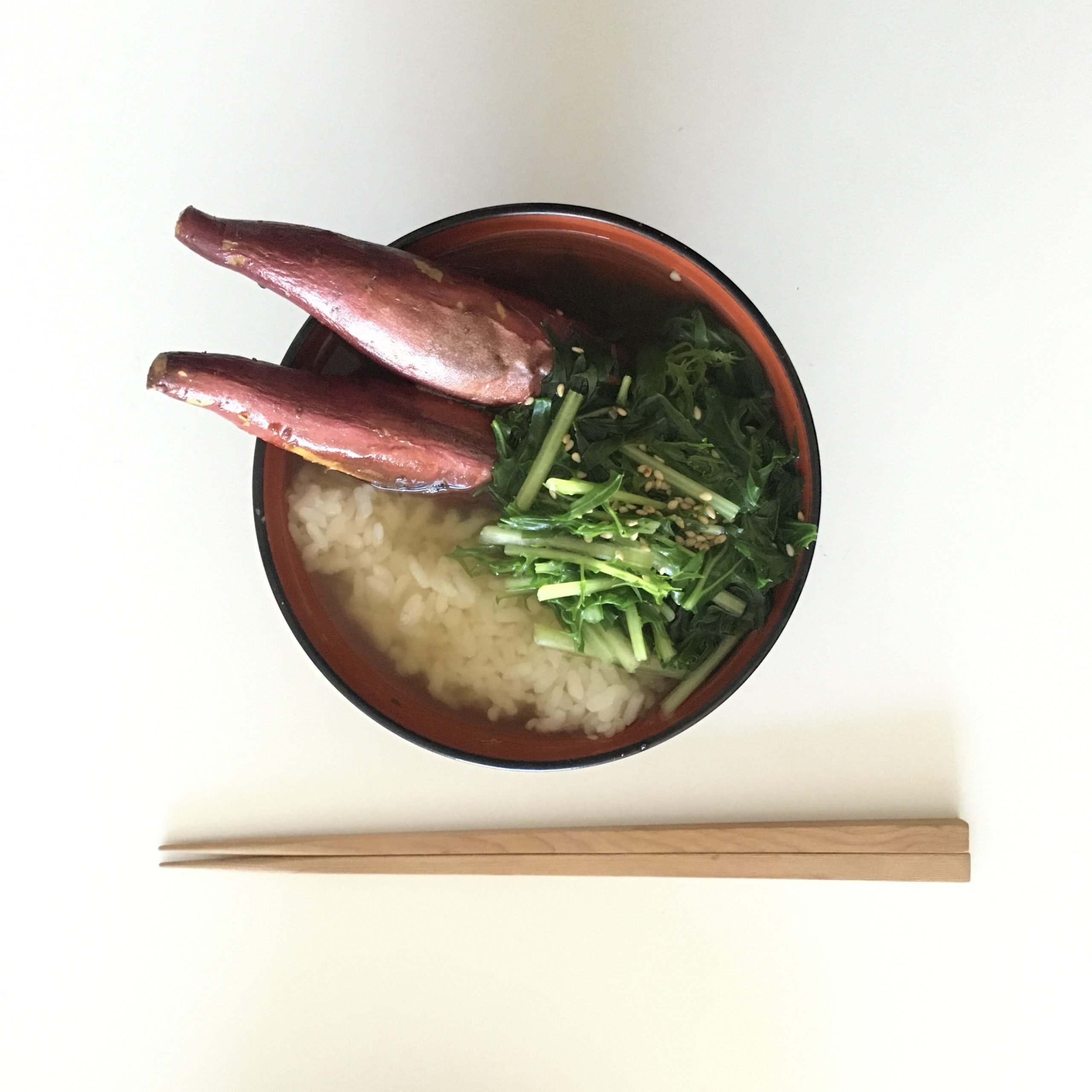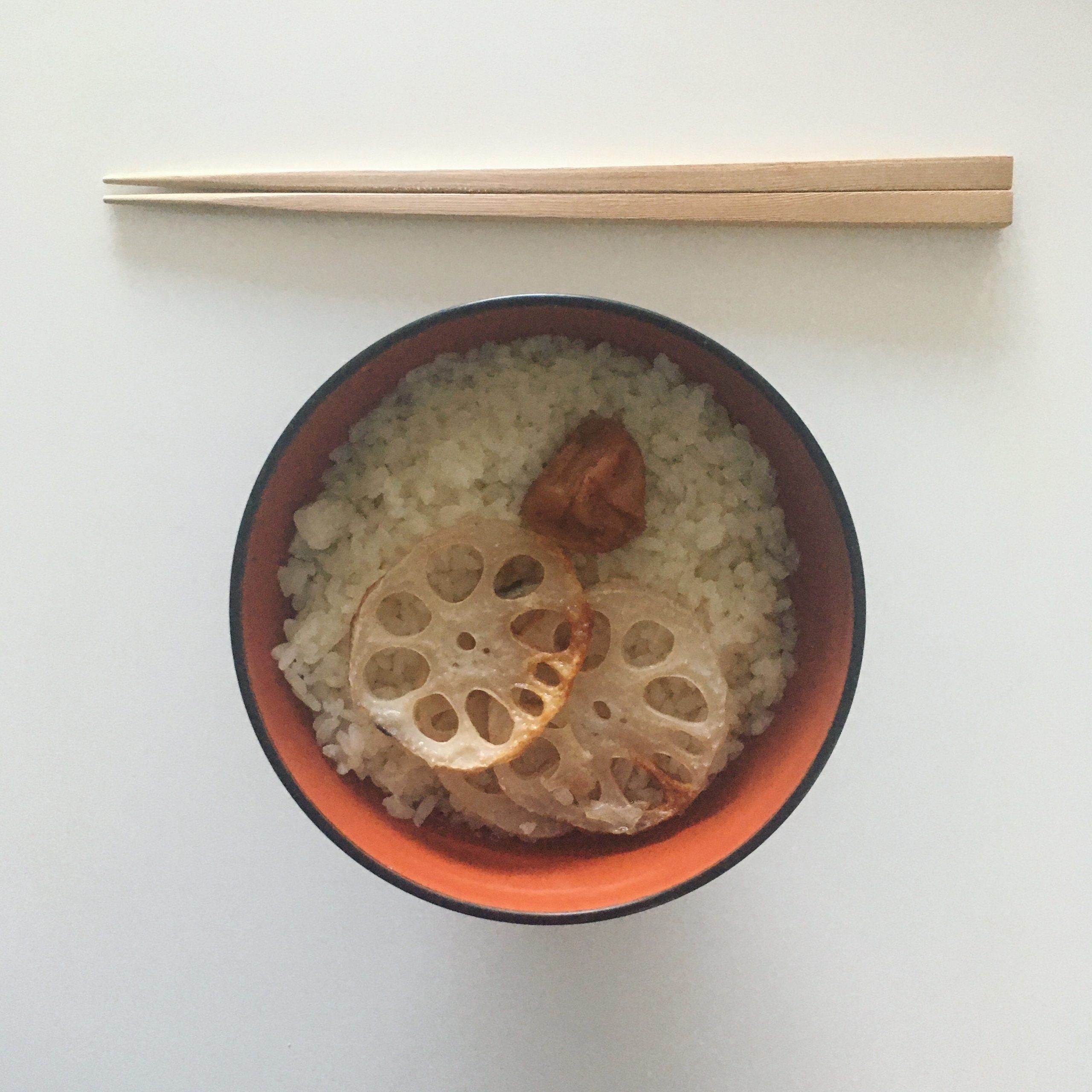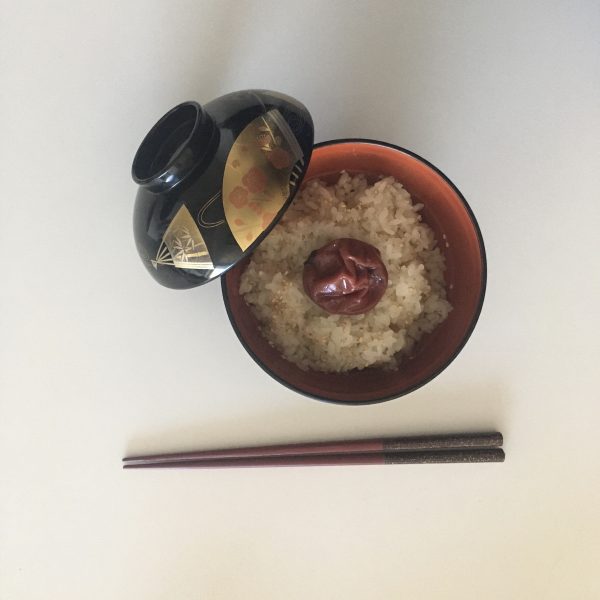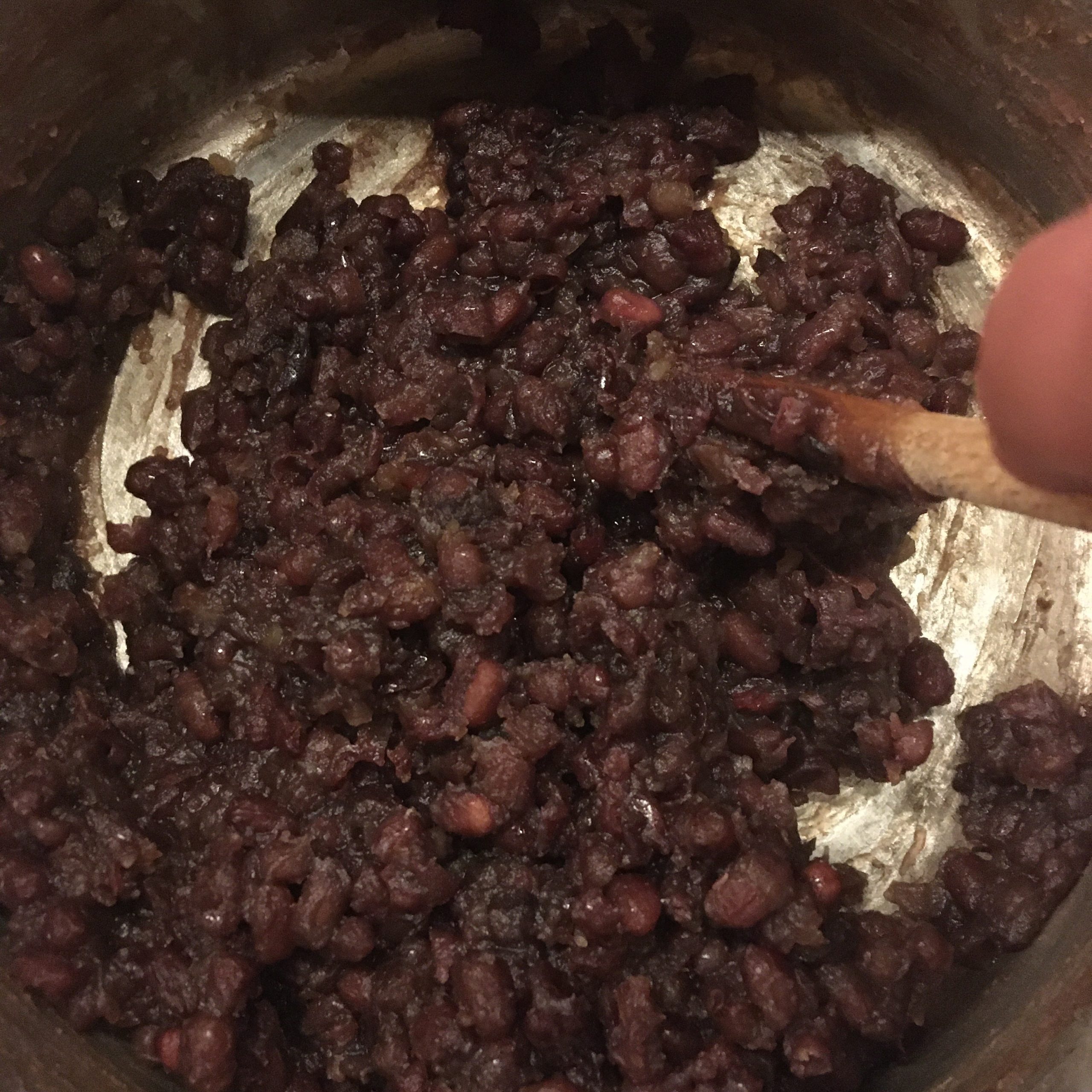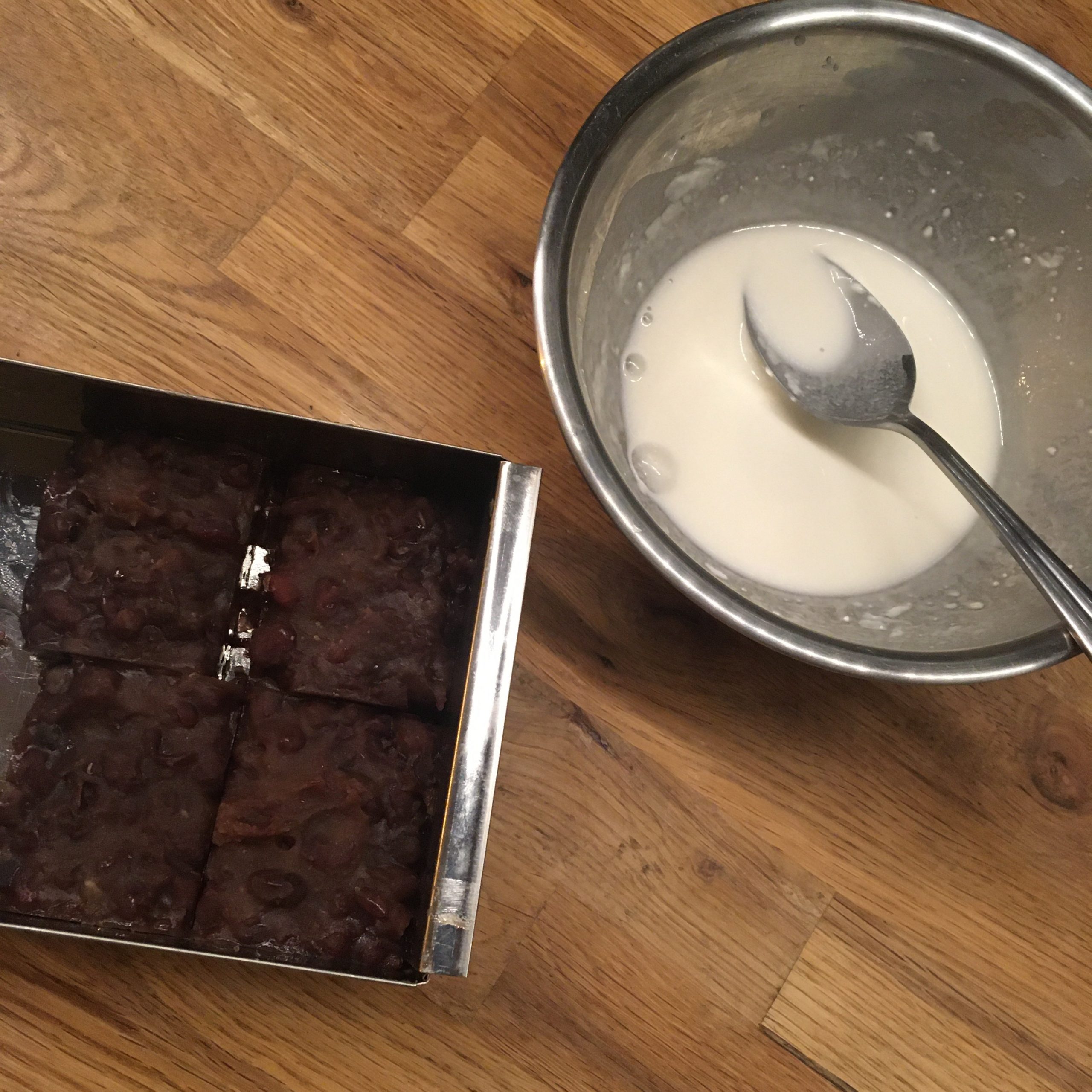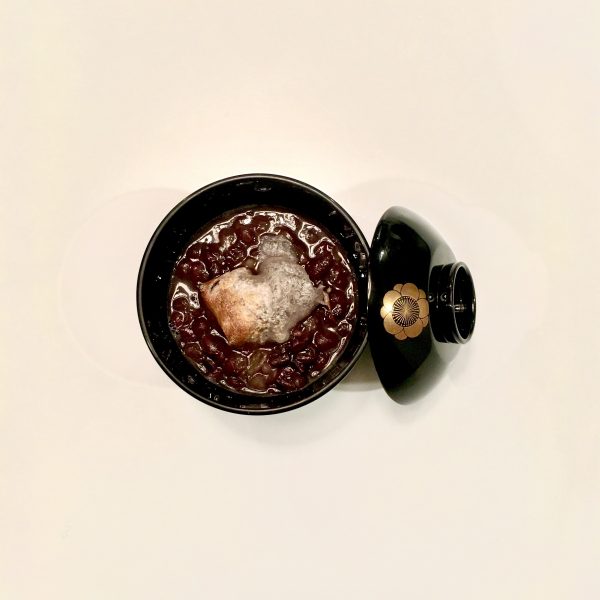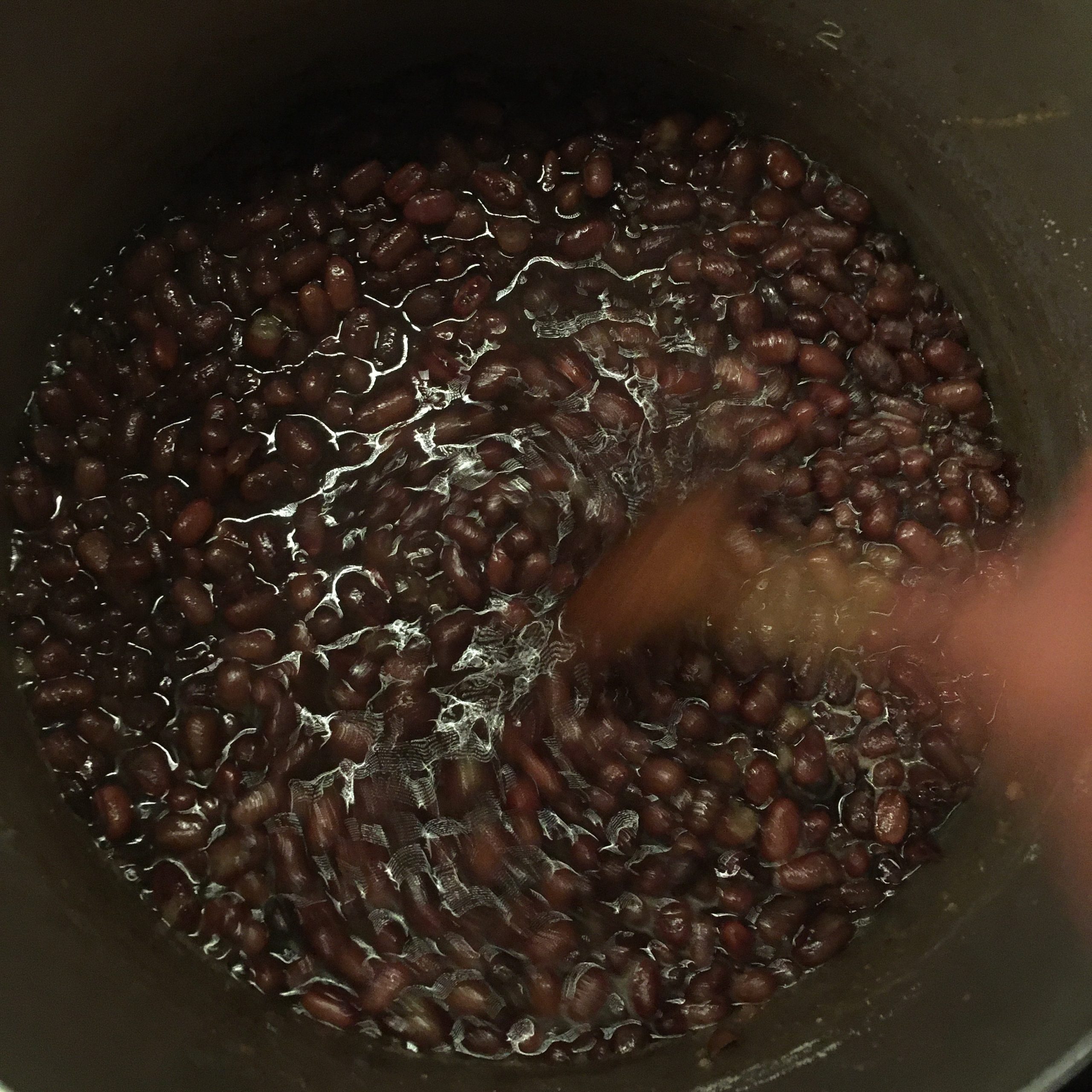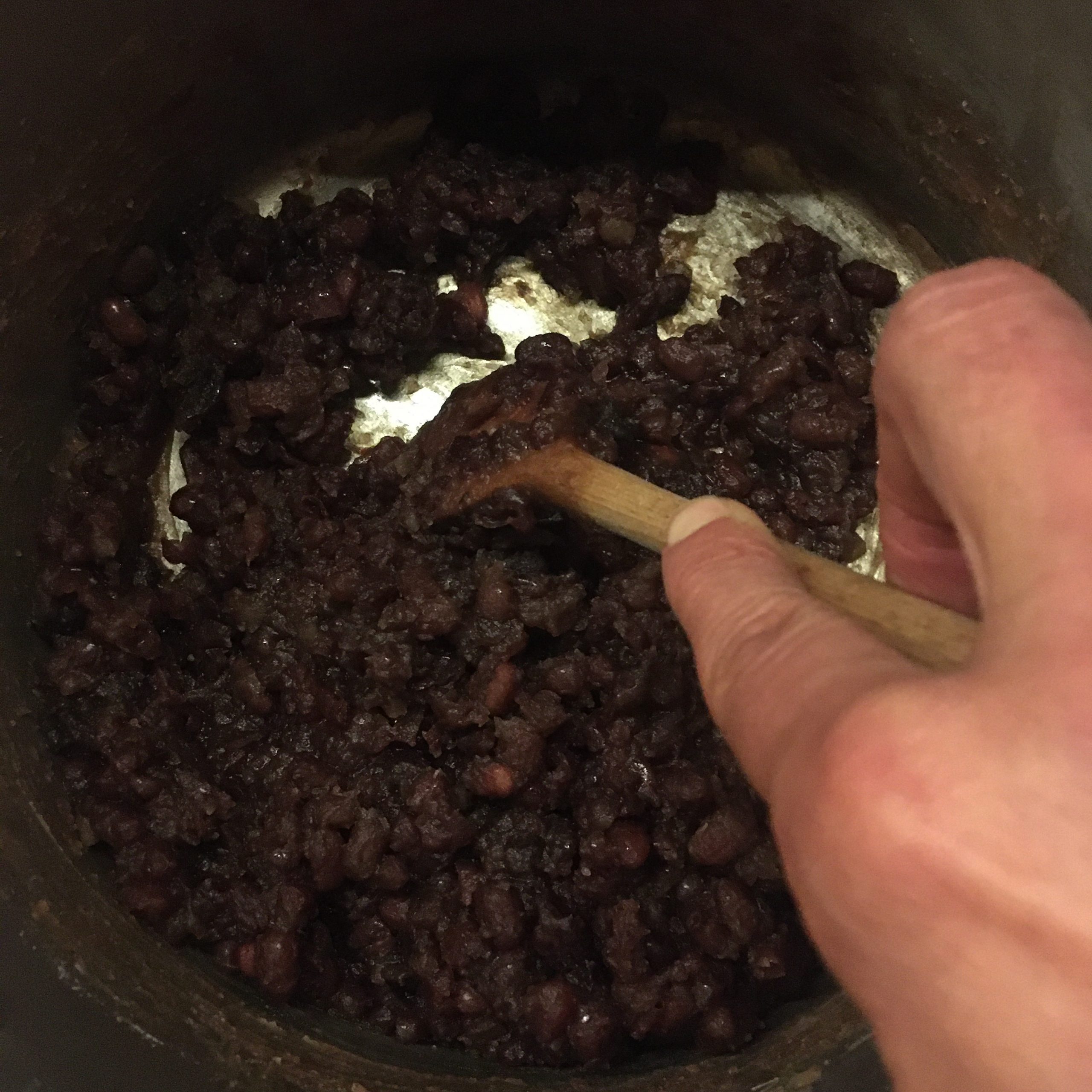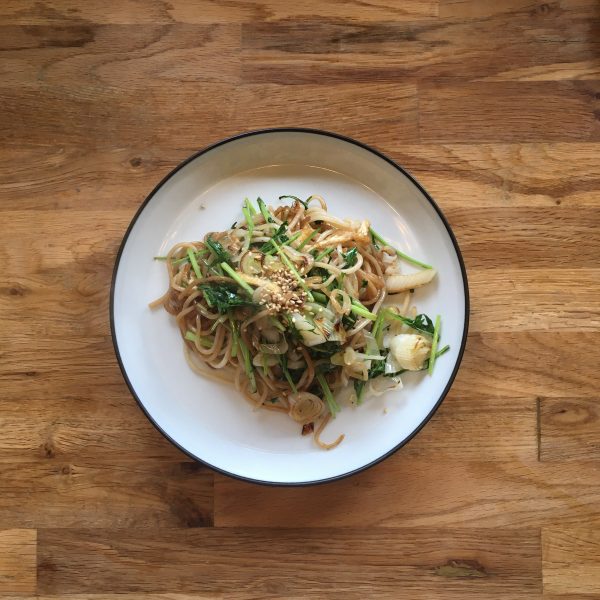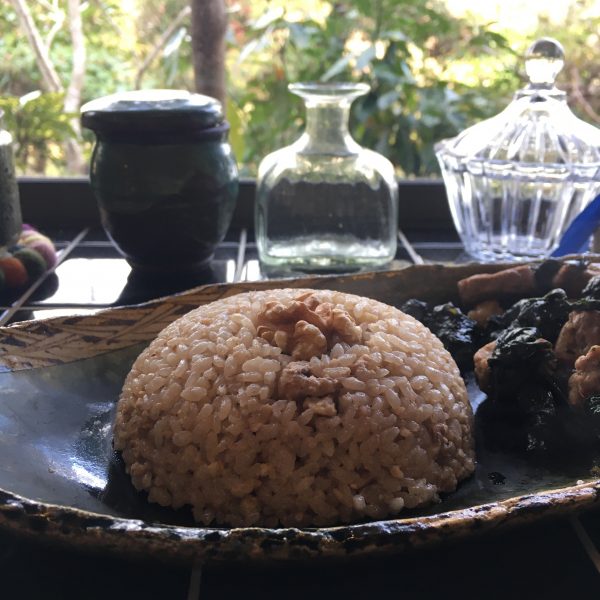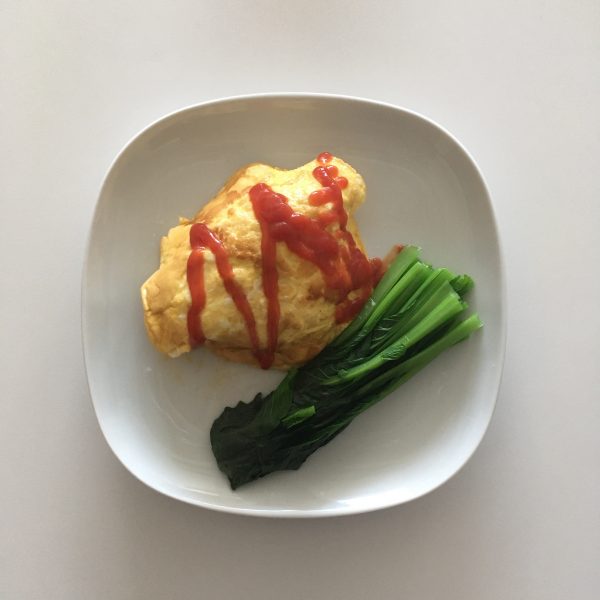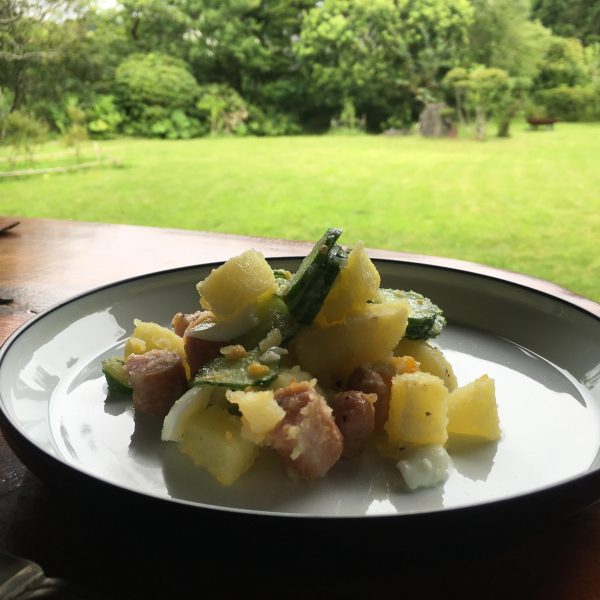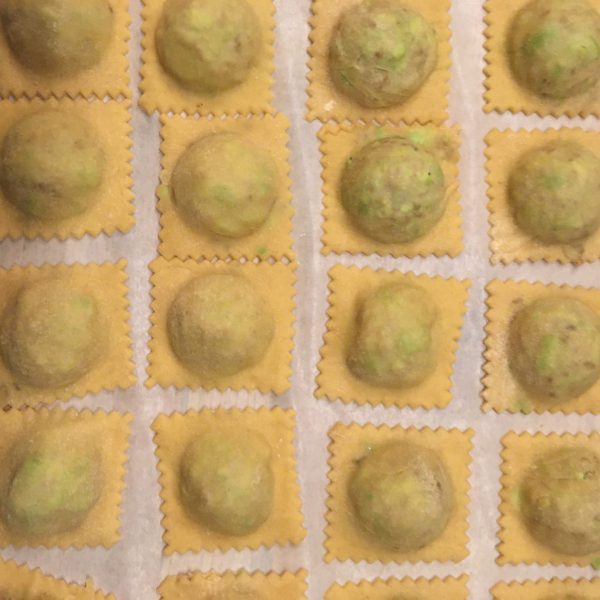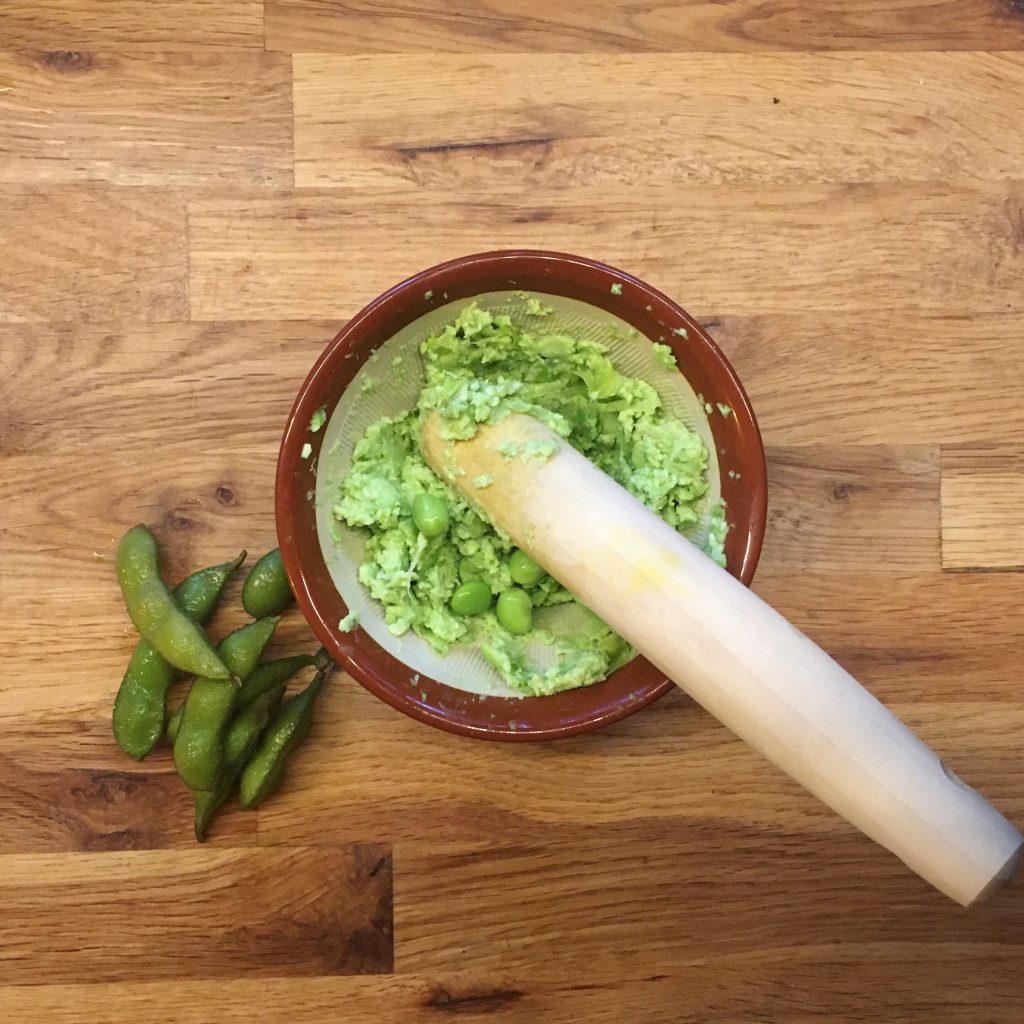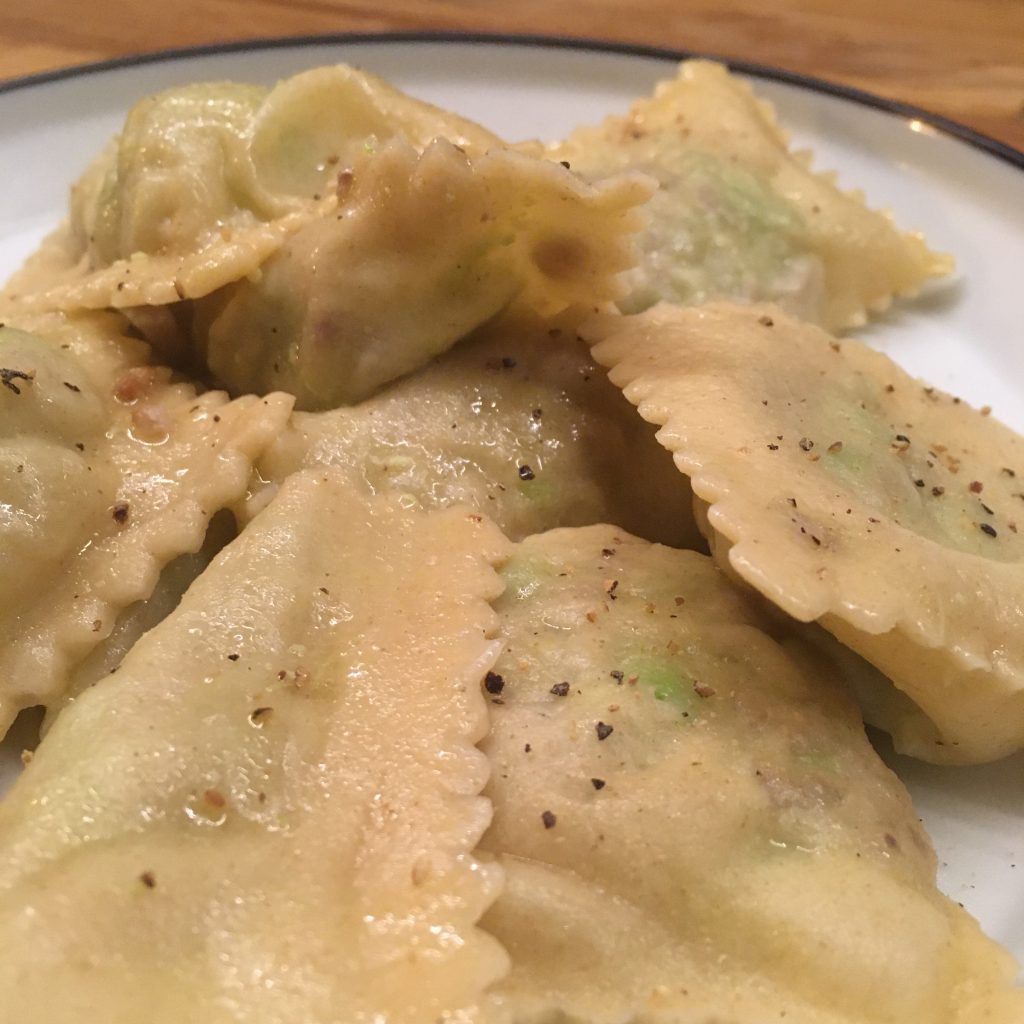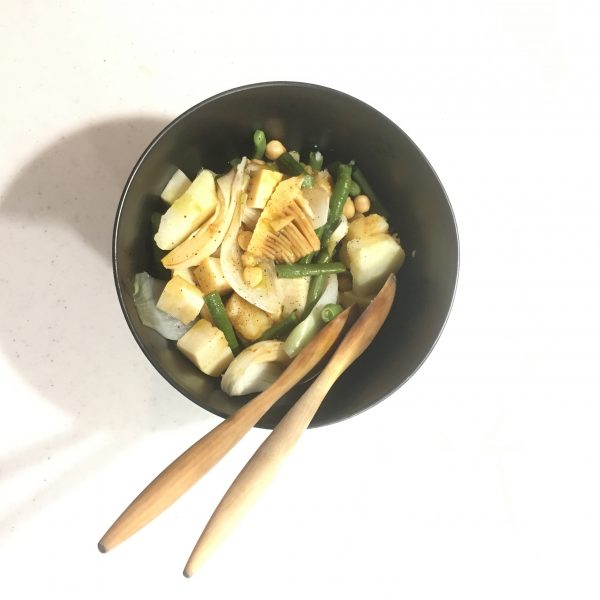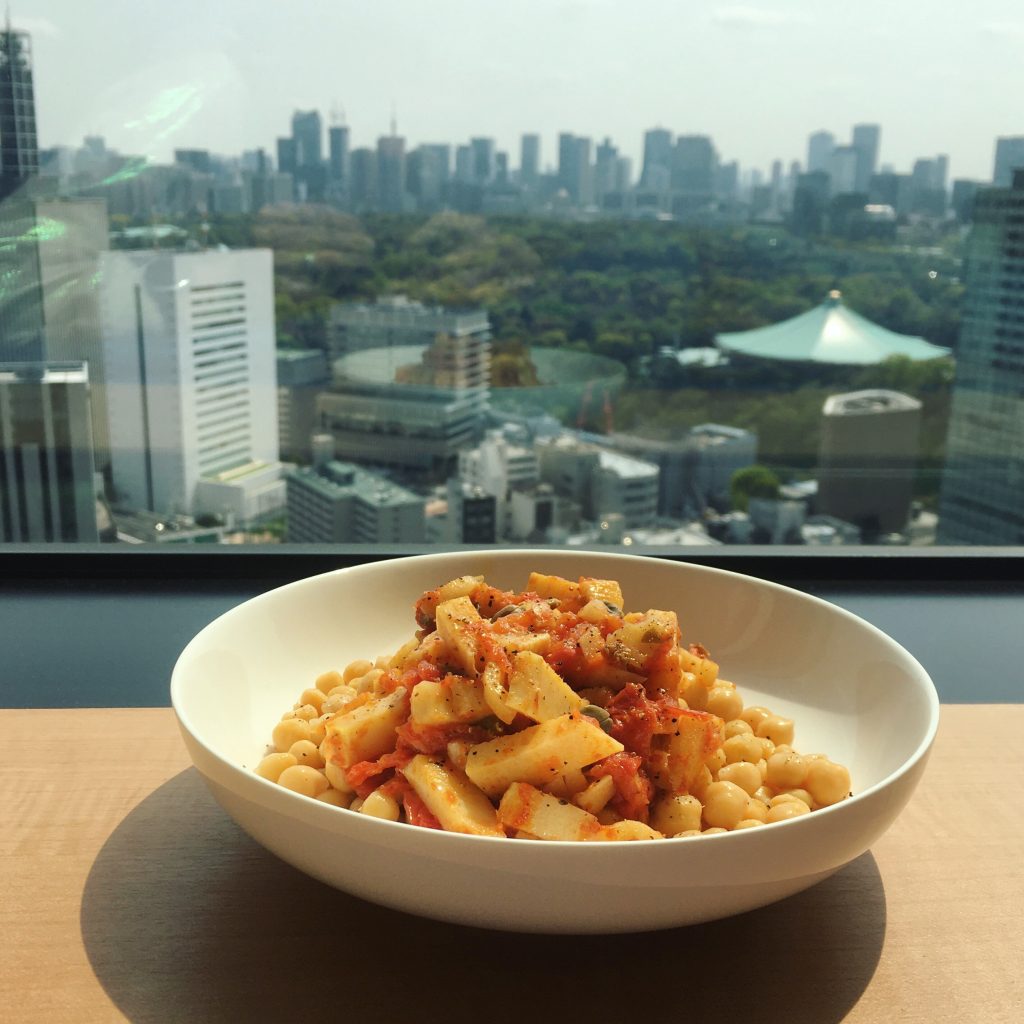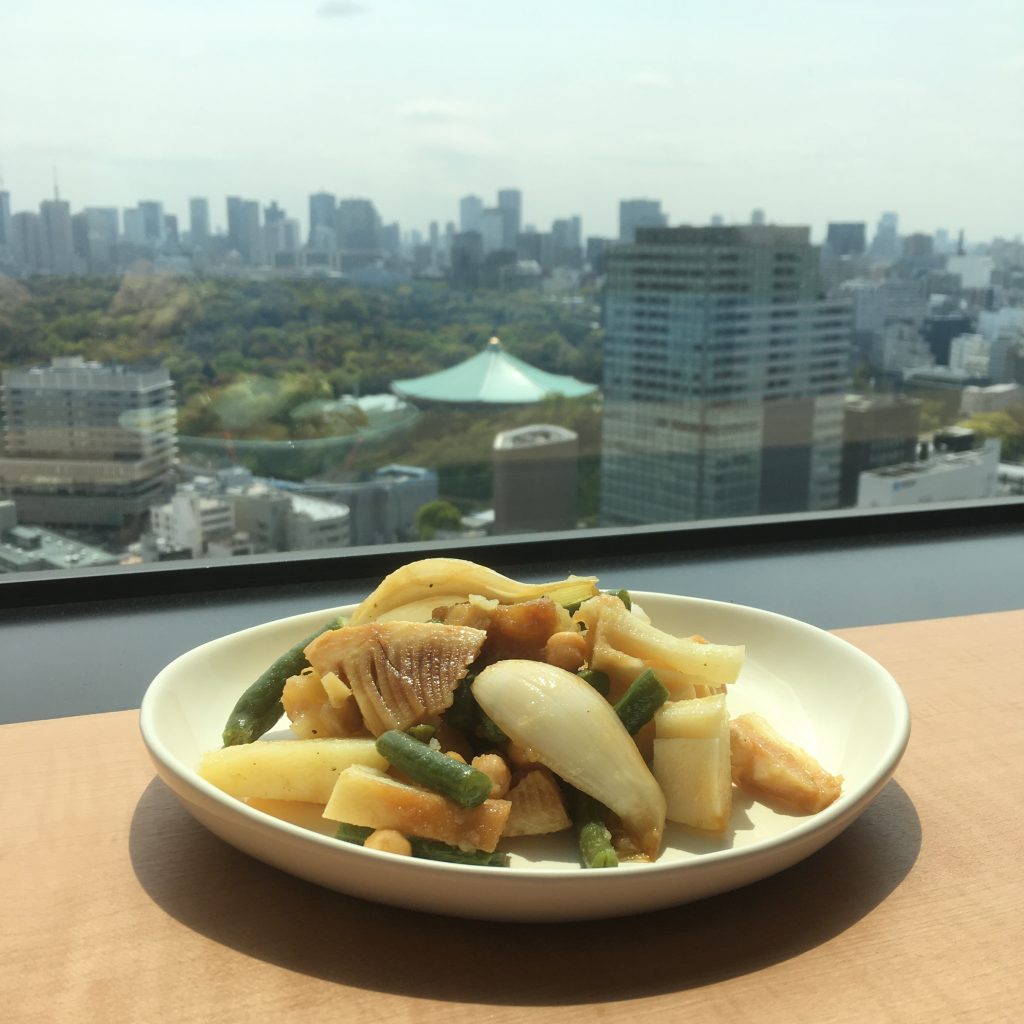Last winter you could see that I discovered having a thing for ochazuke. This thing suddenly arrived when I was stuck at home with a pneumonia and I thought it may be temporary until I fully recovered, but it continued on… so I thought then when winter would be over, but not even… it has lasted a whole year and ochazuke has been on my table many many times and not only on chilly days!
The generous bowl with rice (brown or white are equally delicious) topped with a few vegetables, a pickled plum, sesame… and finished by pouring dashi or something of the like on top has revealed to be a very handy lunch fix for busy days. Indeed since telework is our new way of working, it is more than often that lunch breaks are short or that mine and A.’s do not coincide well. Fixing my lunch in a snap is then paramount and ochazuke are great for this. Rice cooked in advance or by itself in the rice cooker, dashi gently boiling on the stove for a few minutes, a handful of seasonal vegetables, that all needed. Sometimes when I am even more busy than usual it’s simply one of our homemade umeboshi that serves for everything.
For the dashi I mainly use a mix of katsuobushi and konbu, sometimes dry shiitake, less often only konbu, or a bouillon with pork filet cooking juice. For the vegetables, whatever is in season is good!!!
Such simple lunches are really great because they are light and nutritious and allow me to work very efficiently in the afternoon!!! Below is a selection of my favorite! What’s yours???


